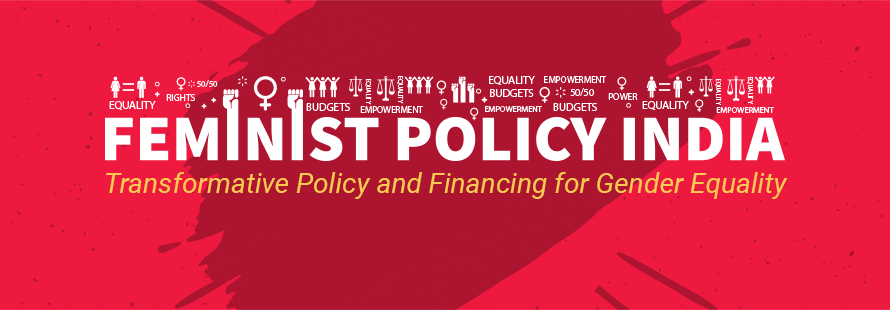What is GRB?
Gender responsive budgeting is a way for governments to promote equality between men and women through fiscal policy. It involves analysing a budget's differing impacts on men and women by examining both how money is raised, (for example through taxation), and how money is spent (for example on public services, social security, or investment in infrastructure). Gender responsive budgeting focuses on the national and state purse-strings and considers the gender impact of economic policies. It is done by governments to target gender gaps by allocating money accordingly, setting targets, and directing funds to meet them.
It is important to emphasize that gender responsive budgeting does not mean a specific budget for women because reducing gender equalities requires an analysis of how budget policy affects both men and women nor does it mean dividing public expenditure equally between women and men because that doesn't necessarily result in reducing gender inequalities. Rather it entails assessing how budgets meet the needs of different groups of women and men based on their income, ethnicity, disability, age, rural and urban location, and other factors etc.
In fact, GRB seeks to empower state and non-state actors to transform budgetary structures and processes towards addressing gender inequities. It aids rights holders including women's rights organisations, community-based organisations, gender equality advocates to voice, advocate and claim rights. It also makes the duty bearers such as policymakers in the legislative and executive spheres and the state delivery mechanisms to be more accountable and transparent.
GBR includes looking at the gendered impact of economic policy not only on inequalities in the paid economy such as income, assets, taxation, pay and employment opportunities but also in unpaid care and domestic work as well as other inequalities such as violence against women and girls etc.
GRB in India
In India, the need for gender budgeting was first mentioned in 1992. During the Eighth Five Year Plan, from 1992-97, the Government of India acknowledged the need for committed resources to advance gender equality and women's empowerment. But there was no reference on how this could be achieved. This, however, changed with the Ninth Plan (1997-2002), which introduced the women's component plan (WCP) that required both the central and state governments to ensure that no less than 30 percent of the funds or benefits are earmarked for all women related sectors. It also directed that an effective mechanism be put in place to monitor the flow of earmarked funds and benefits and to bring forth a holistic approach towards empowering women.
Further, the Tenth Plan (2002-07) marked a major shift to go beyond 30 percent allocations and linked WCP and gender responsive budgeting by ensuring that women receive their rightful share of public resources. In 2005-06, the Government of India finally adopted and institutionalised GRB, with the introduction of the gender budget statement (GBS) in the Union budget.
